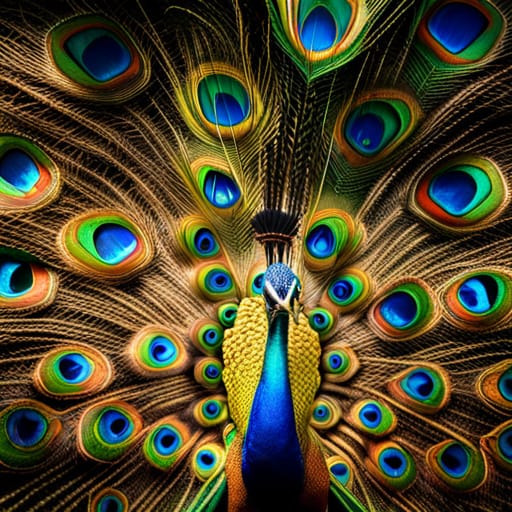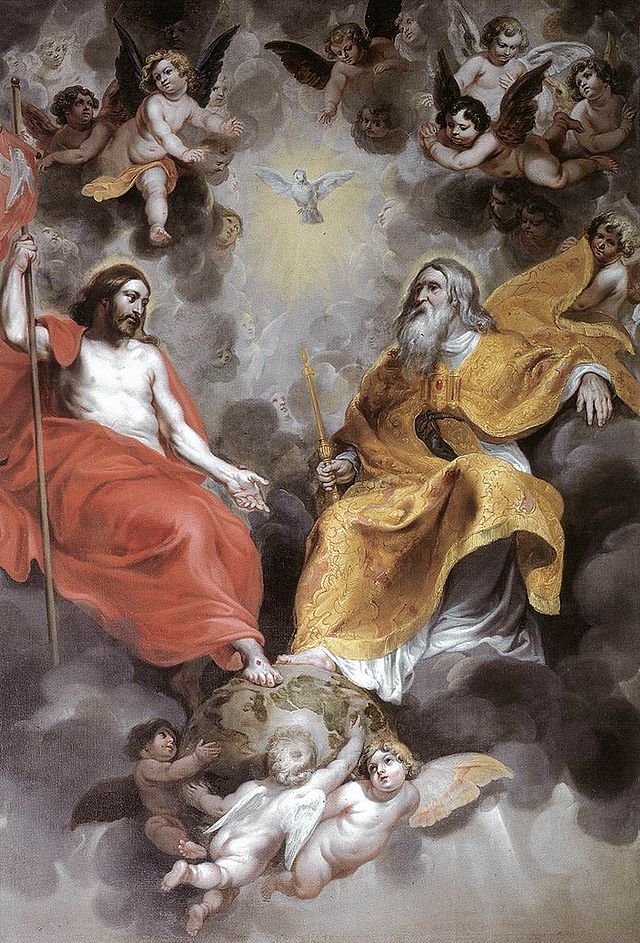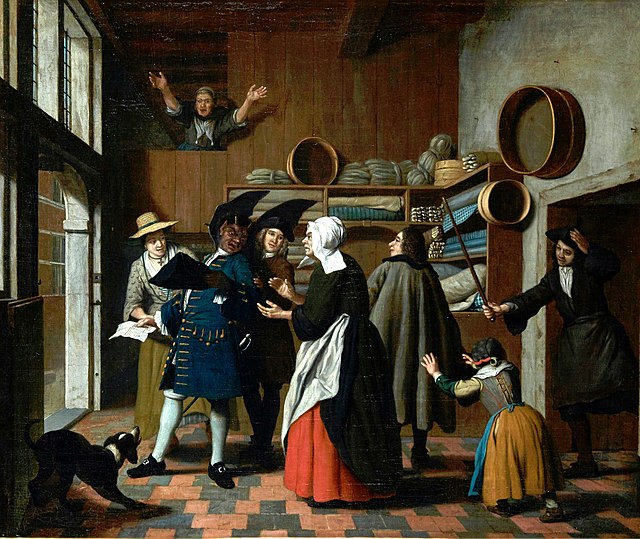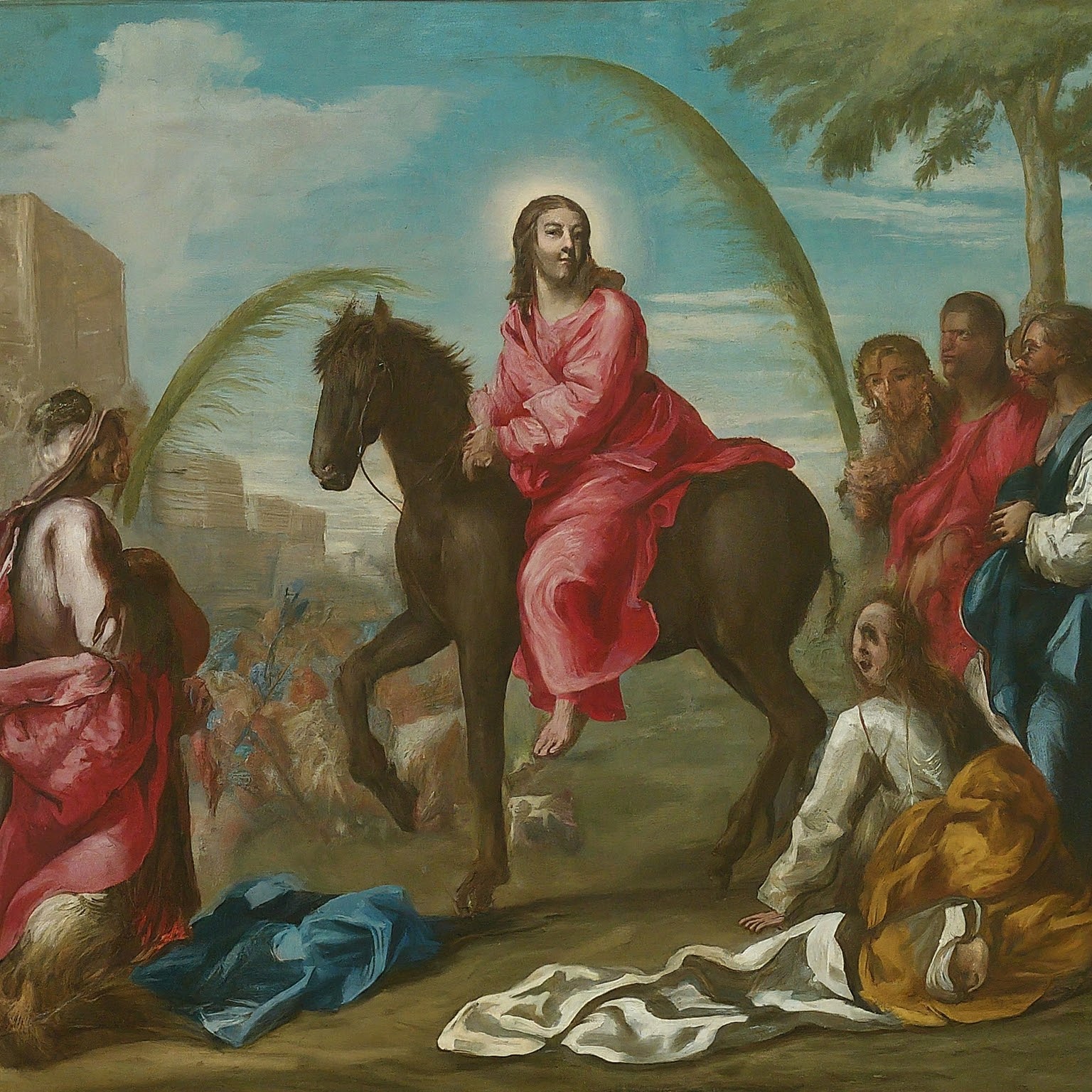Introduction
Christianity, from its earliest days, has used symbols as a means of teaching and identifying with the faith. These symbols played significant roles in Christian art and architecture, often serving as visual representations of the theological beliefs of the Christian faith. Here are some of the prominent symbols from the early Church and their meanings:

Ichthys or Fish Symbol
The Ichthys, or fish symbol, is perhaps one of the most widely recognized early Christian symbols. Originating from the Greek word for fish (“ichthys”), the symbol is a simple line drawing of a fish. This symbol’s significance, however, comes from an acronym of the Greek words “Ἰησοῦς Χριστός, Θεοῦ Υἱός, Σωτήρ”, meaning “Jesus Christ, Son of God, Savior”. The fish symbol served as a secret sign among early Christians during times of persecution.

Cross
Today, the Cross is the most recognizable symbol of Christianity, representing the crucifixion of Jesus Christ and his resurrection. In the early Church, however, the Cross was not widely used as a standalone symbol until the 4th century after Constantine’s conversion to Christianity. Prior to this, the Cross was often represented more subtly, embedded in other symbols or scenes.

Alpha and Omega
Alpha and Omega, the first and last letters of the Greek alphabet, symbolize the belief that Christ is the beginning and end of all things. This is based on the biblical passage in Revelation 1:8: “I am the Alpha and the Omega,” says the Lord God, “who is, and who was, and who is to come, the Almighty.”

The Good Shepherd
The depiction of Christ as the Good Shepherd was one of the most frequent images in the early Christian catacombs of Rome. This symbol represented the love, care, and guidance of Christ for His flock. It was derived from the parable of the Good Shepherd found in the Gospel of John (John 10:1-21).

Chi-Rho
The Chi-Rho symbol is a monogram formed from the first two letters (Chi (Χ) and Rho (Ρ)) of the Greek word “ΧΡΙΣΤΟΣ” or “Christ”. It became an important symbol when Emperor Constantine saw it in a vision before the Battle of the Milvian Bridge in 312 AD. He subsequently added it to his military standard, or labarum.

The Dove
The dove, often depicted in flight or carrying an olive branch, is a symbol of the Holy Spirit. The use of this symbol is inspired by several Bible verses, such as the description of the Holy Spirit descending as a dove at the baptism of Jesus in the New Testament (Matthew 3:16).

The Peacock
While less familiar today, the peacock was a significant symbol in early Christianity. It represented immortality and resurrection, due to ancient beliefs about the bird’s flesh not decaying and its ability to replace its feathers each year.
Conclusion
These early Christian symbols served multiple purposes: they were teaching tools, expressions of faith, and identifiers of communal membership. While some have remained central to Christian symbolism, others are less recognized but still bear witness to the rich visual culture of early Christianity. Today, these symbols continue to remind us of the deep historical roots of Christian beliefs and traditions.
Discussion Questions:
- How did the use of symbols in early Christianity aid in the spread and teaching of the faith, particularly during times of persecution?
- How have the meanings of these symbols evolved or remained the same over centuries of Christian practice?
- Why do you think some symbols, such as the Cross and Ichthys, have remained more prominent than others like the Peacock?
Want to Know More?
- Symbols in Christian Art & Architecture by Walter E. Gast: This comprehensive guide provides an in-depth exploration of Christian symbols, their origins, and their use in art and architecture.
- The Oxford Dictionary of Christian Art and Architecture by Tom Devonshire Jones: This resource explains the use of symbols and other artistic and architectural elements in the Christian tradition.
- Signs and Symbols in Christian Art by George Ferguson: This book explains the origin and meaning of hundreds of symbols and signs used in Christian art, with a special focus on the medieval period.




